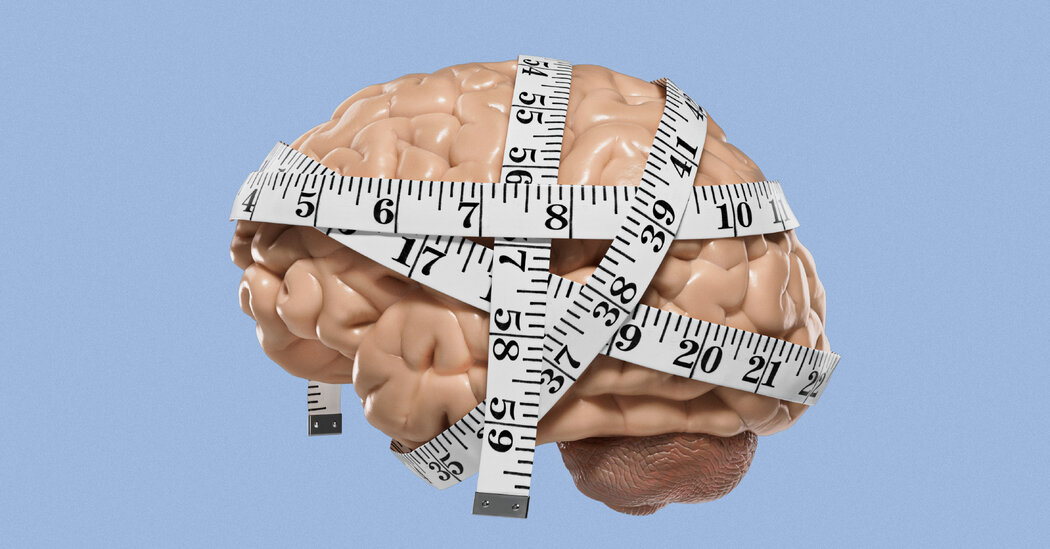
What Is Elon Musk’s IQ?
A Human Ranking System
Intelligence testing would not arise until the 20th century, and the abbreviation “IQ” in 1922, but an early metric of intelligence was established by Francis Galton in his 1869 book, “Hereditary Genius.” Galton, a cousin of Charles Darwin, was a leading proponent of social Darwinism, a pseudoscientific effort to organize human society around the promotion of the “survival of the fittest.”
Galton founded both the ideology of eugenics and the field of psychometrics — the application of objective measurement to the study of human psychology. In his book, he attempted a statistical analysis of human intelligence and argued that it was a heritable trait. He claimed that men who are “naturally capable” are nearly identical to those who “achieve eminence,” and charted dense genetic connections among various illustrious English judges, statesmen and artists. Nepotism was laundered into evidence of inherent superiority.
Then along came the IQ test, which formalized the scientific nature of the inquiry — or at least its scientific feeling. In 1905, the French psychologist Alfred Binet, with the psychiatrist Théodore Simon, developed the first intelligence scale in order to identify schoolchildren in need of remedial instruction. In 1916, the American eugenicist Lewis Terman adapted the test to create The Stanford-Binet scale, named after the university that employed him.
Terman’s initial tests, organized by age, were overt in their cultural biases: 7-year-olds were asked to describe an illustration of a crying Dutch girl in wooden shoes; 14-year-olds were asked to list three differences between a president and a king; adults were asked to interpret the implied lessons of fables. Though “IQ” suggests that human intelligence is a singular and fixed genetic quality, like height, what the test most reliably determines is how well a person performs on an intelligence test.
The results “have always produced a kind of photograph of the existing class structure, in which the better-off economic and ethnic groups are found to be more intelligent and the worse-off are found to be less so,” the journalist Nicholas Lemann writes. The current version of the test aims to measure fluid reasoning, quantitative reasoning, visual-spatial processing, working memory and accumulated knowledge — perhaps not coincidentally, the same forms of intelligence that are prized in the technology industry.
In his 2023 history “Palo Alto,” Malcolm Harris writes of Stanford as an institution built on eugenic thinking. Before Leland Stanford founded Stanford University, he established what he called the “Palo Alto System” to classify, train and breed superior racehorses at an intense pace of production — a system that sometimes resulted in the snapped tendons of weaker colts but had the benefit of weeding out inferior horses before investing too much in their development. Once Stanford applied this punishing system to human achievement, it seeded a century-long obsession with intelligence scoring in Silicon Valley — and in the America that it increasingly shaped.










